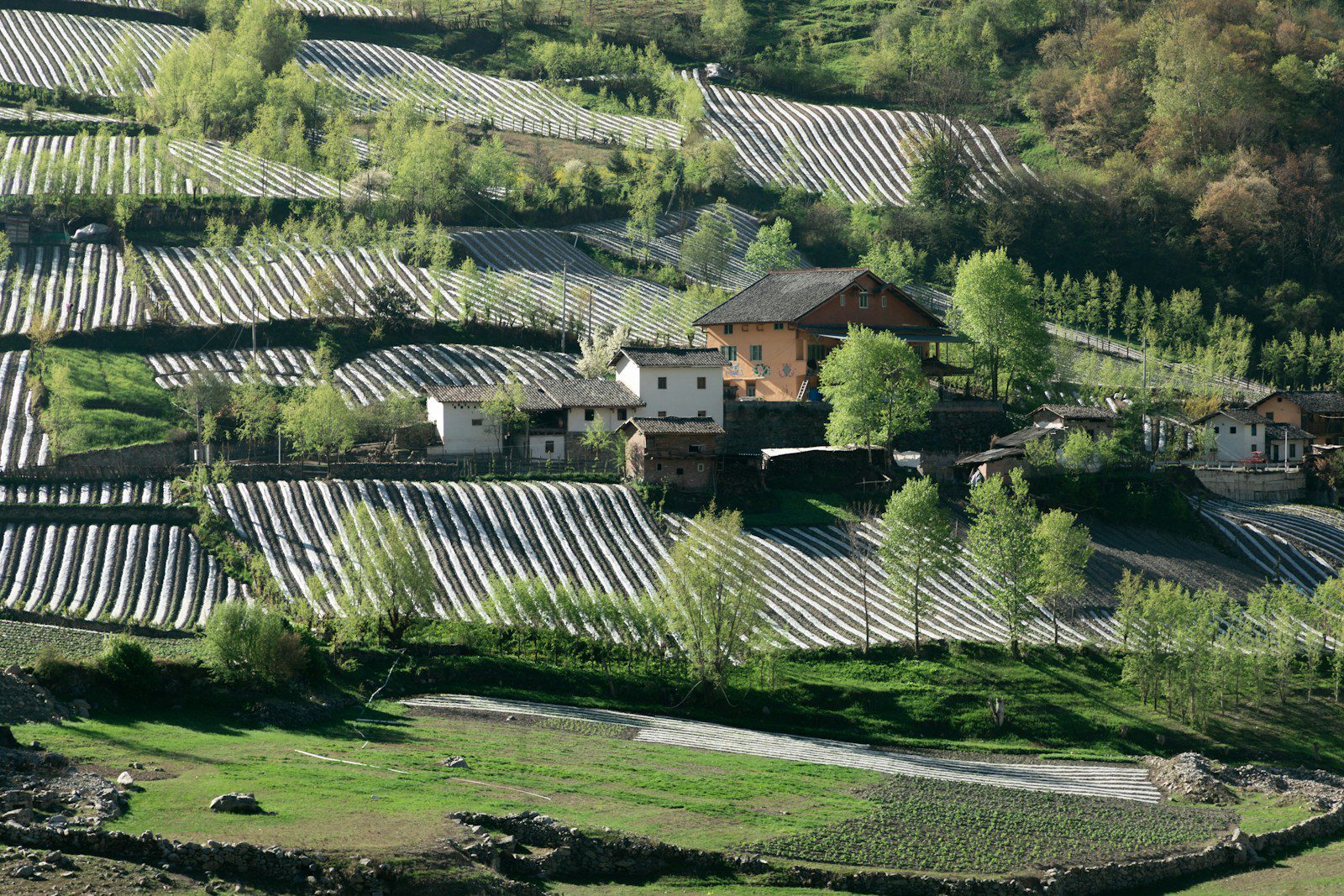
Commission publishes new recommendations on sustainable rural mobility and ecotourism
The European Commission has published new guidelines for the development of sustainable rural mobility and ecotourism. These guidelines should help Europe’s rural regions adapt to the challenges of transport infrastructure and tourism development, thus ensuring sustainable development.
Why is this important?
Rural regions often face unique challenges, such as poor transport or limited services. This not only hampers the daily activities of the local population, but also limits tourism potential. The new guidelines should help to address these challenges, stimulate innovation and ensure that rural regions remain attractive for both residents and visitors.
Main lines of guidance
The Commission’s recommendations cover several important areas:
- Transport accessibility: the development of alternative transport modes such as public transport, cycle paths and electric vehicle infrastructure is encouraged.
- Ecotourism: Promotes projects that protect nature while attracting visitors, enabling local businesses.
- Innovation: solutions such as transport sharing or integrated mobile apps that facilitate mobility in rural regions.
- Involving communities: an important aspect is the involvement of local communities in projects to ensure that they meet their needs.
What benefits can be expected?
The implementation of these recommendations is expected to lead to a number of important results:
- Improved standard of living: better transport and services will improve the daily experience of rural residents.
- Economic stimulation: the development of ecotourism will attract more visitors, which will allow local businesses to expand.
- Nature conservation: sustainable practices will ensure that tourism does not harm nature, and even improves it.
How will this work in practice?
These guidelines are not hard and fast rules, but rather recommendations that can be adapted by different regions. The Commission proposes to use EU funding programmes, such as the Rural Development Fund, to implement the necessary projects. It also encourages cooperation between public authorities, private companies and local communities.
For example, one proposed solution is the development of integrated mobile apps that combine public transport, bike rental and even walking routes. Such innovations should help visitors and residents move around rural areas more easily.
Other important aspects
In addition to transport and tourism, the guidelines also address community empowerment. Local people should be able to participate in decision-making to ensure that all projects meet their needs. This will ensure that development initiatives are not only effective but also socially just.
The European Commission hopes that these guidelines will be a valuable tool to help rural regions achieve their sustainability objectives and create an attractive environment for residents and visitors alike. If you are interested in more information, you can find more details HERE.